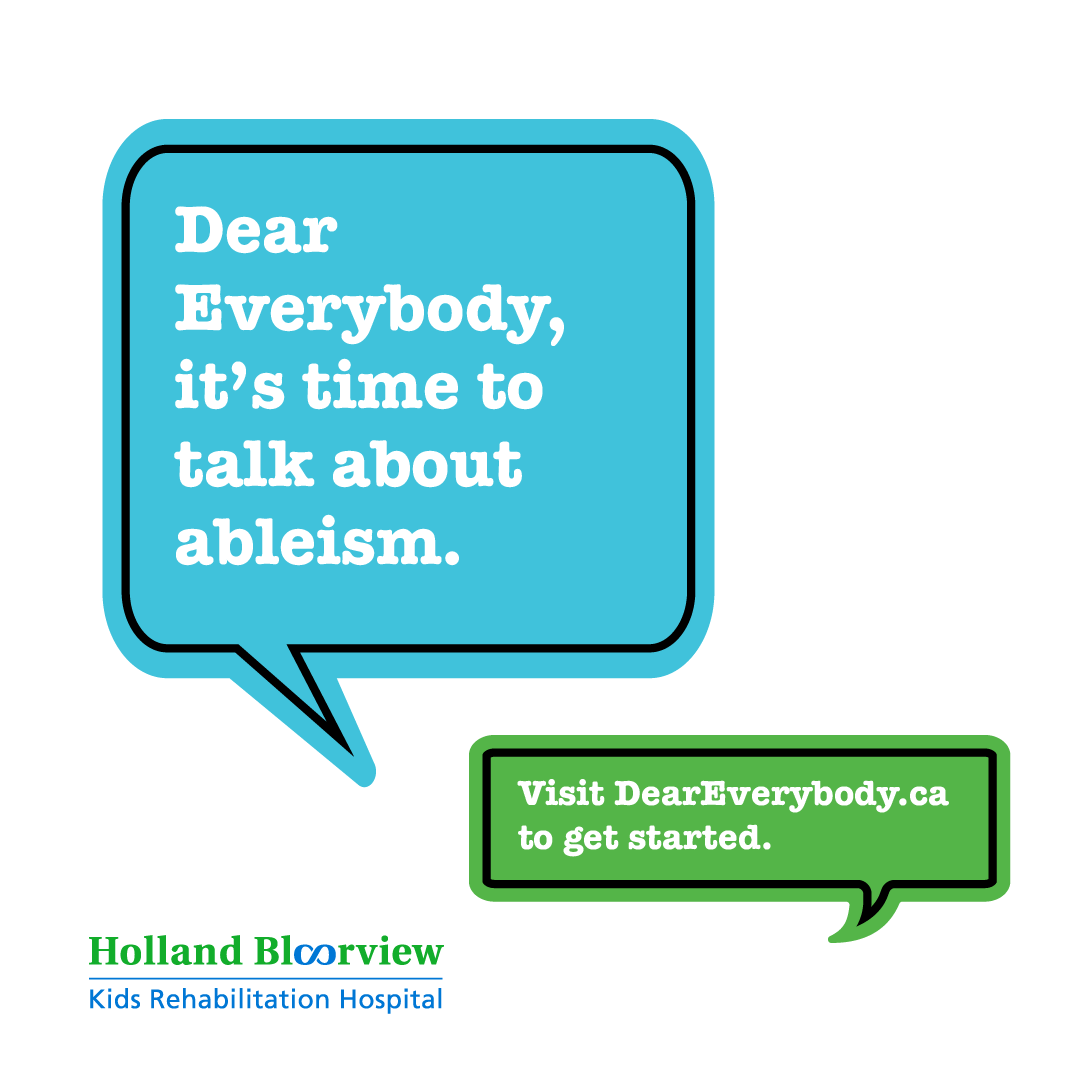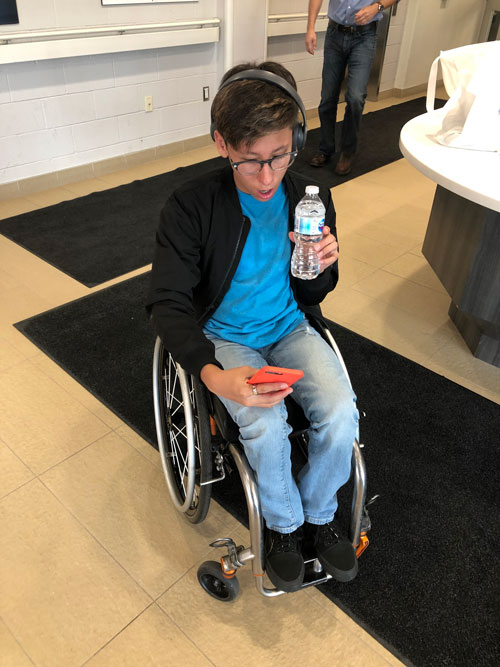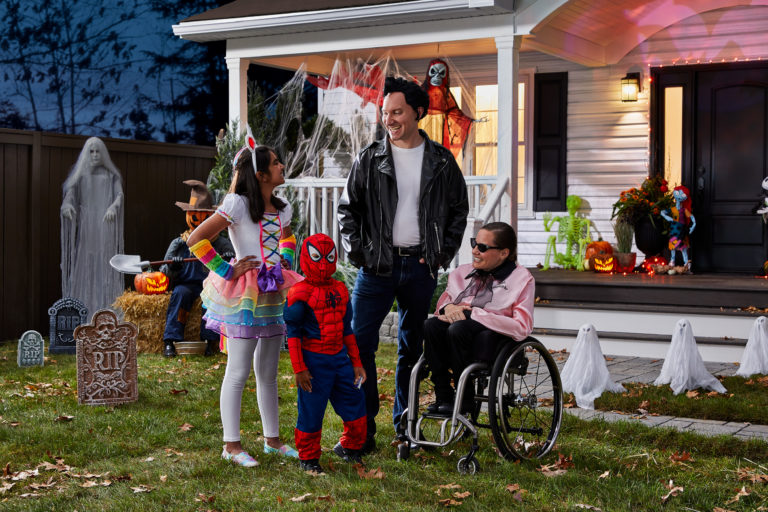
It’s time to include disability in the picture—and for a national brand like Canadian Tire, they did exactly that. After signing the Dear Everybody agreement, the brand kept their promise to help create a more inclusive media landscape where people with disabilities are represented.
Working alongside Holland Bloorview, the creative team at Canadian Tire kept accessibility and inclusivity top-of-mind when creating their Halloween content for their website. Together, the teams planned and executed a fully accessible photoshoot for kids and adults with disabilities. The end result? Inclusive photos of families enjoying the spooky season together—and making it clear that Halloween is for everyone.
“A lot of times the media can have a narrow view of what the real world looks like,” Merik Williams, Canadian Tire’s Producer of Creative & Content said. “Instead, we wanted to capture the real world on a typical Halloween night. There are kids and parents out there who have disabilities—let’s see them represented.”
This conscientious mindset guided the process from beginning to end.
“My AVP and I have had numerous conversations on how great it would be to show more diversity and inclusion in our photography, and we looked at what shoots were coming up that required talent,” Jeremy Perry, Canadian Tire’s Manager of Creative & Content Production said. “Naturally, we both thought Halloween would be an awesome opportunity to get the ball rolling.”
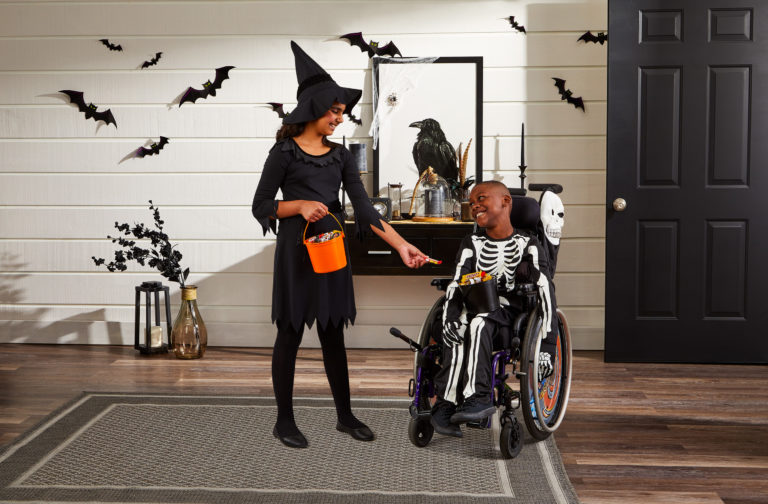
The Brainstorm Session
“In general, Canadian Tire recognizes there’s so much more that we can do to create an inclusive environment. One of the places we can look at is how we represent our brand through content,” she said.
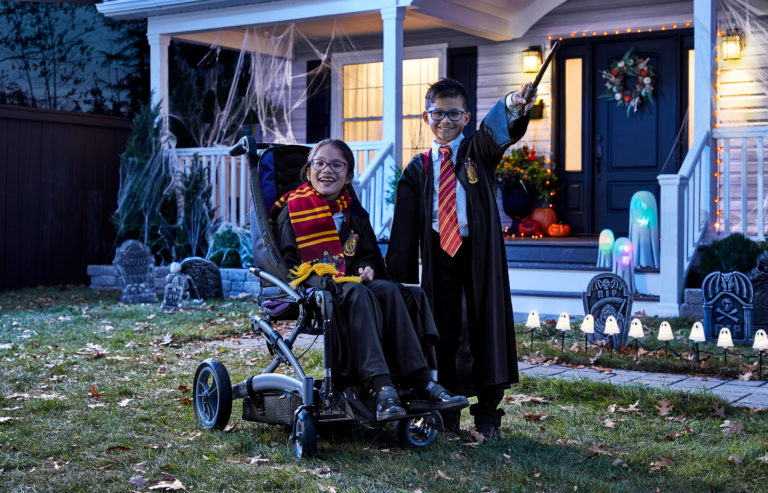
The Planning Process
Ahead of the photoshoot, Holland Bloorview supported the Canadian Tire team through meetings and conversations about disability, accessibility and language. Having those conversations early on played a key role in building a smooth and successful process.
“We didn’t lead with assumptions. We were very fortunate to have an open line with the hospital and with the talent to ask questions,” Merik said. “We were more focused on capturing how kids and families would enjoy Halloween, versus directing our models to portray stereotypical poses and actions you often see when shopping online for Halloween costumes and décor.”
Holland Bloorview also worked closely with clients of the hospital who were interested in modeling for the photoshoot. The hospital consulted with participants ahead of time, ensuring that all involved understood the models’ on-set accessibility needs.
The Photoshoot
The Canadian Tire team, Holland Bloorview staff and their production partners worked collaboratively to create an accessible and comfortable environment, ensuring all clients and families would be comfortable on set.
The team removed any potential physical barriers when entering or navigating the studio on and off set. This included ensuring washrooms onsite were accessible, as well as providing time and space for caregivers and support animals to be present and even part of the shoot when needed. A Holland Bloorview representative was also on call over the course of the multi-day shoot to support the models with any questions and changing needs.
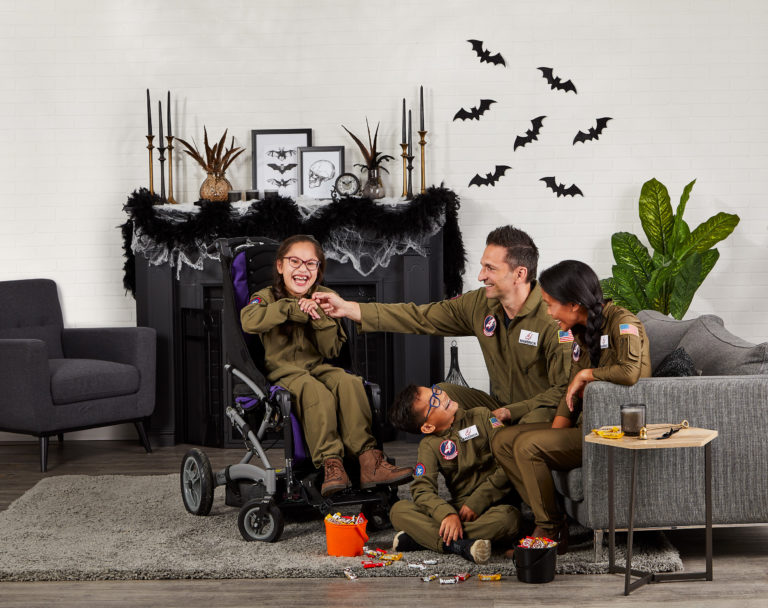
The Final Products
At the end of the day, the Canadian Tire team wanted to make sure the images they created could represent diverse Canadian families.
“It was important for us to capture images where the focus wasn’t on the person with a disability, but rather representing regular Canadian families enjoying Halloween,” Cathy said.
The company posted the photos across both the Canadian Tire and Party City websites, truly embracing the Halloween spirit.
While Canadian Tire’s creative objectives were successfully met, this experience has also opened more doors to continue the conversation on creating inclusive and diverse content. None of it would have been possible without the partnership with Holland Bloorview.
“Working with the team and models from Holland Bloorview was similar to working with a casting or talent agency,” Jeremy said. “The entire process from beginning to end was super smooth and it was an absolute pleasure to work with each of the models and families we had in for our Halloween shoot.”
Jeremy believes it is important that other companies hear this story to avoid preconceptions and truly understand how intuitive it can be to plan photo and video shoots featuring people with disabilities.
It’s time to end stigma against people with disabilities—and our Dear Everybody campaign aims to do just that. Over the past four years, the campaign has called on brands, companies, organizations and individuals to create a more inclusive media landscape by including people with disabilities.
If you want to include disability in the picture but don’t know how, read this tip sheet or contact us at deareverybody@hollandbloorview.ca.
